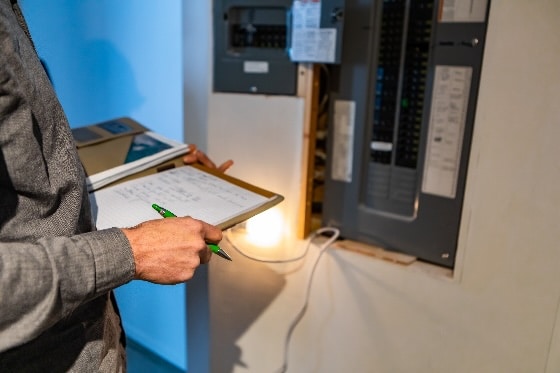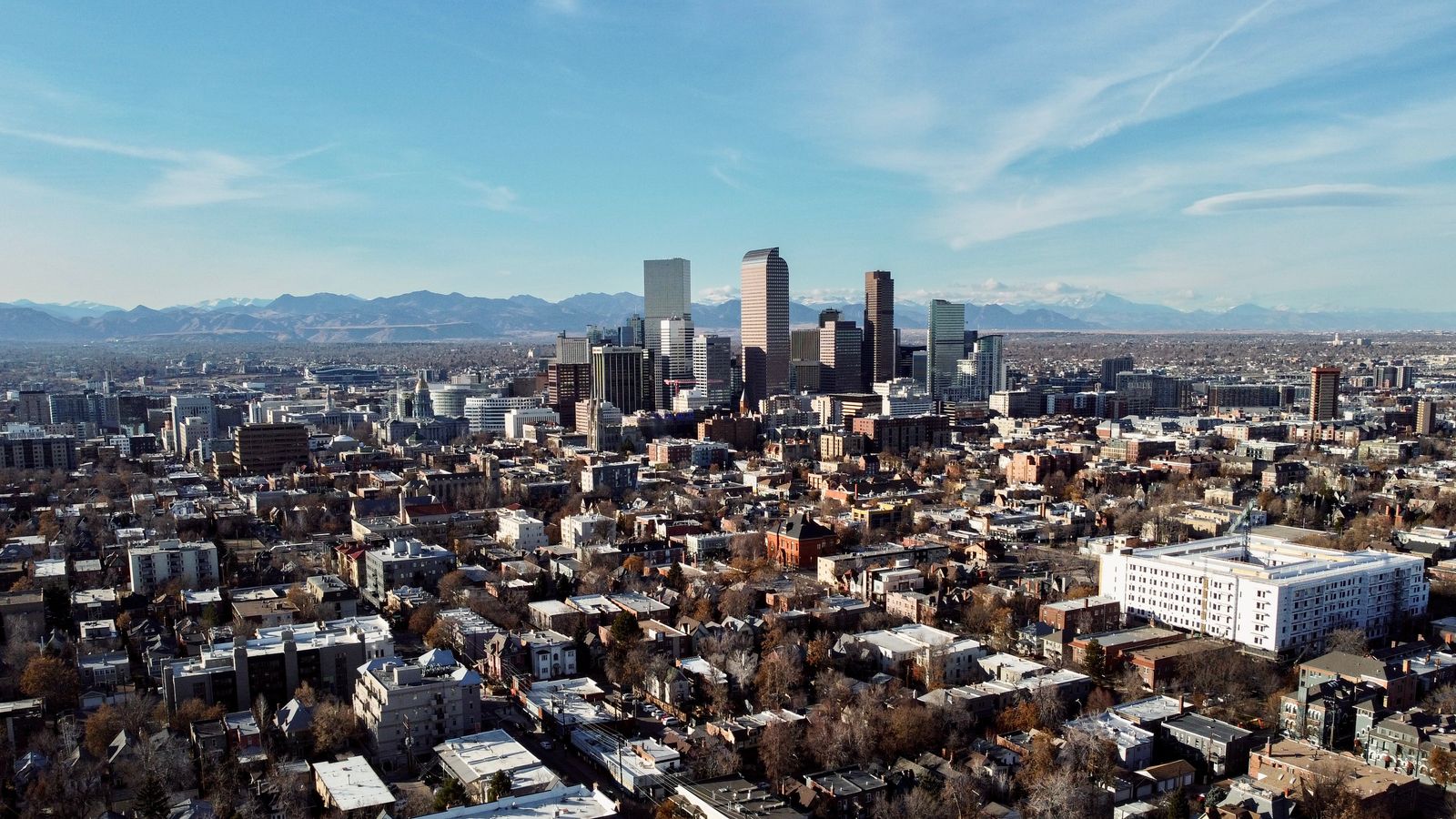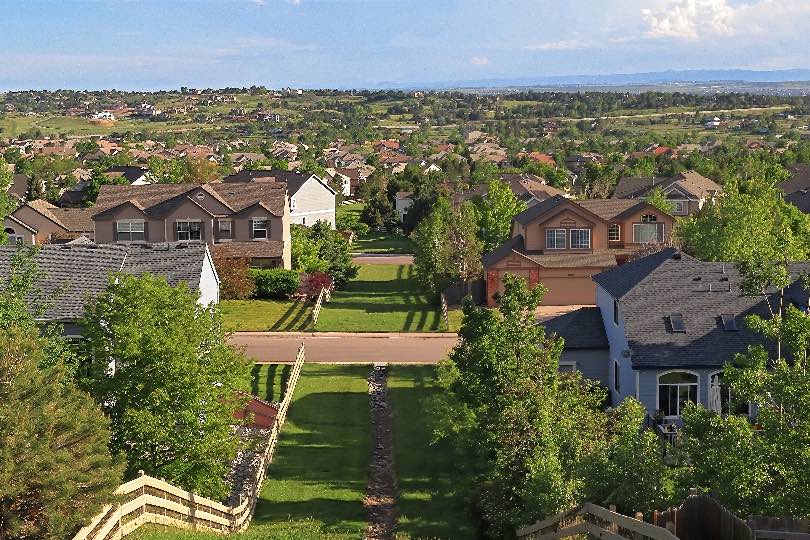Shower water temperature changes when you flush the toilet (or use water) because the amount of hot or cold water that is mixing to create the temperature of the flowing water has been altered, and that changes the overall temperature.
What Causes the Water Temperature to Change?
Typically, the root of this issue is caused when the house’s plumbing is first installed. In essence, the diameter of the pipes are too small.
A common plumbing configuration in a home is a trunk and branch system. Like a tree, this is where a larger diameter pipe runs from the water supply, and smaller diameter pipes branch off to supply individual fixtures in bathrooms, kitchens, and other rooms. When one branch demands water (you flush the toilet, or turn on the sink in a bathroom) it takes some of the available water that supplies all the other branches. if the diameter of those pipes were too small when they were installed, they are still too small today.
To spell this out a little further, the toilet only uses cold water. When it is flushed, it pulls from the total amount of available cold water including the water being mixed to achieve the desired temperature in the shower. This results in hotter water in the shower.
How to Correct the Temperature Change
Arguably, the cheapest route is to reduce the amount of water going to the toilet by installing a more water efficient toilet. This reduces the demand if someone was to flush while another person is in the shower, and keeps the temperature more stable.
Installing a new mixing valve in the shower is another way to fix this issue. Thermostatic mixing valves adjust the amount of hot and cold water being mixed in order to keep the output temperature the same. If someone flushes while you are in the shower when one of these valves has been installed, the amount of hot water flowing out will be reduced as well which will keep the temperature static.
Another way to stop this issue from occurring is by increasing the trunk pipe diameter and/or the branch pipe diameter. Increasing the size of pipes in your home requires a fundamental overhaul of your plumbing system, and is typically not economical for existing homes. This route is best when the home is first being built.
If you have any further questions about why shower temps change after flushing, feel free to give the professional plumbers at Done Plumbing, Heating, Cooling and Electric a call! We would be happy to come take a look at your specific situation to determine the best way to address your shower temperature swings.










